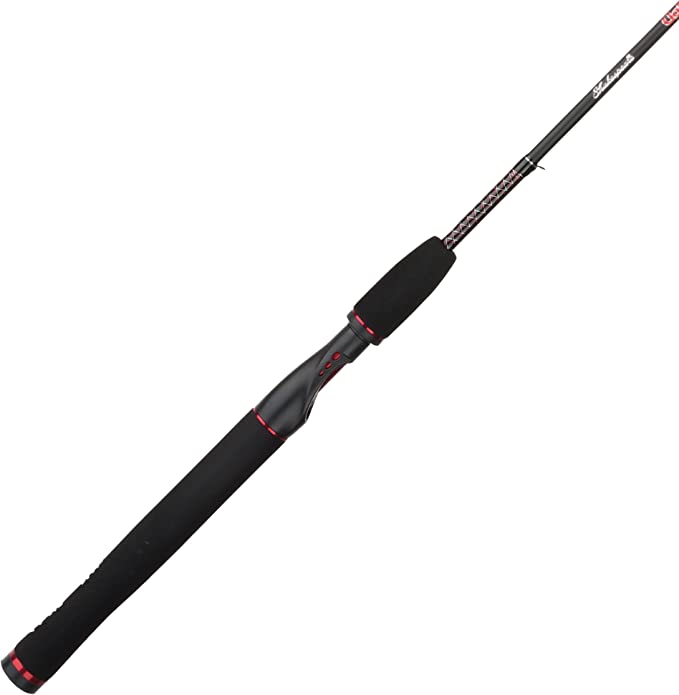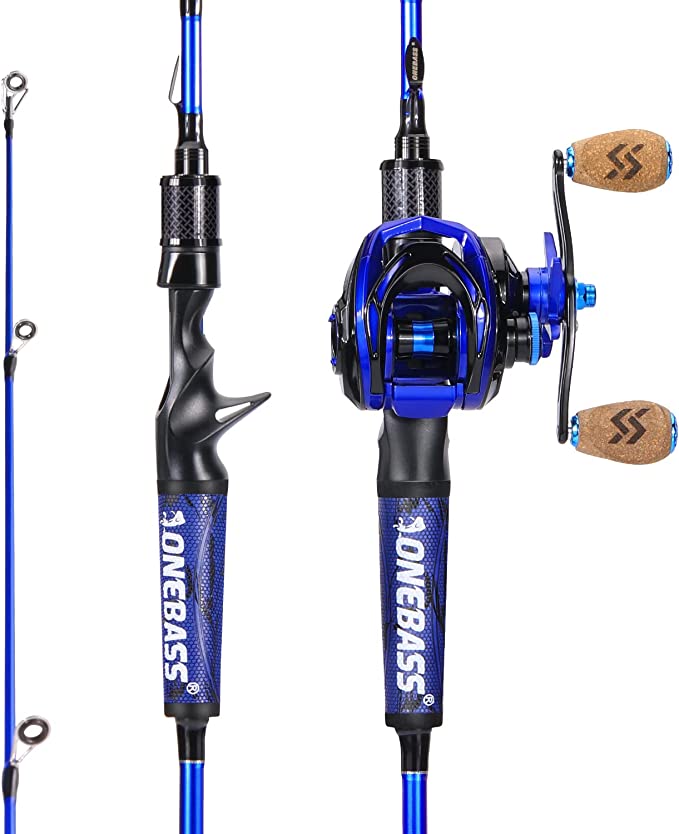The 8x42 Advantage: Decoding the Optical Engineering Behind High-Definition Viewing
Update on Nov. 18, 2025, 10:12 p.m.
In the realm of outdoor observation, whether for ornithology, hunting, or simply appreciating a distant landscape, clarity is the only currency that matters. While the market is flooded with optical instruments boasting varying specifications, one configuration has emerged as the “Golden Ratio” for generalists and specialists alike: the 8x42 binocular.
But to truly understand why this specific combination—and the engineering behind it—is so effective, we must look beyond the basic numbers. We need to delve into the invisible layers of technology that manipulate light itself. By examining the engineering choices in modern optics, exemplified by devices like the Nikon PROSTAFF P7 8x42, we can demystify the science that transforms a dull, flat image into a vibrant, immersive experience.

The Physics of the “Golden Ratio”: Why 8x42?
The designation “8x42” is not arbitrary. It represents a calculated balance between magnification, light gathering, and stability.
- Magnification (8x): While higher magnification (10x or 12x) might seem superior, it amplifies hand tremors. An 8x magnification provides a stable image for handheld use, essential for tracking moving subjects like birds or deer without inducing motion sickness or eye fatigue.
- Aperture (42mm): The objective lens diameter dictates the volume of light entering the system. A 42mm lens gathers significantly more light than a compact 25mm or 30mm model, extending usability into the “magic hours” of dawn and dusk when wildlife is most active.
The Critical Metric: Exit Pupil
The interplay between these two numbers yields the Exit Pupil, calculated as 42mm / 8 = 5.25mm. This is a crucial specification. The human pupil dilates to about 5-7mm in low light. An exit pupil of 5.25mm ensures that the binocular delivers a beam of light wide enough to fully cover the user’s dilated pupil. This results in a bright, easily aligned image that doesn’t require perfect eye positioning to see clearly—a massive advantage in dynamic field conditions.
The Invisible Engineering: Coatings and Prisms
If raw glass were the only factor, binoculars would be heavy and inefficient. The true differentiator in modern optics lies in the microscopic coatings applied to the glass surfaces. This is where entry-level optics diverge sharply from performance-oriented instruments.
1. Dielectric High-Reflective Multilayer Prism Coatings
In roof prism binoculars, light must reflect off internal surfaces to reach the eyepiece. Standard aluminum coatings reflect about 87-93% of light. Silver coatings improve this to 95-98%. However, to achieve true high-fidelity brightness, engineers employ Dielectric High-Reflective Multilayer Prism Coatings.
This advanced technique uses alternating layers of non-conductive materials to reflect more than 99% of visible light. The Nikon PROSTAFF P7 integrates this technology, typically reserved for much higher price brackets. The result is not just a brighter image, but one with accurate color reproduction. Whites appear white, not yellowish or blue, which is critical for identifying bird plumage variations.
2. Phase Correction Coating
Roof prisms have a inherent physical quirk: as light reflects inside, the wave phases can shift, causing a slight loss of contrast and resolution. To counter this, a Phase Correction Coating is applied to the prism surface. This aligns the light waves, restoring sharpness and contrast. Without this, an image might look bright but “soft” or washed out.

Mechanical Precision: The Usability Factor
Optical brilliance is useless if the instrument is frustrating to use. Mechanical engineering plays a pivotal role in the user experience.
The Locking Diopter
A common frustration for binocular users is the diopter adjustment—the ring that compensates for the vision difference between your left and right eyes—accidentally shifting. It forces the user to constantly recalibrate focus.
A solution found in thoughtful engineering designs is the Locking Diopter Ring. Once set, it locks into place, ensuring that the binocular remains perfectly calibrated to the user’s specific vision profile. This feature, prominent on the PROSTAFF P7, transforms the device from a generic tool into a personalized instrument, ready for instant action the moment it’s raised to the eyes.
Eye Relief and Immersion
For eyeglass wearers, Eye Relief (the distance from the eyepiece lens to the eye) is non-negotiable. Insufficient eye relief causes vignetting (black circles around the image). A generous eye relief, such as the 20.2mm found on the P7, allows eyeglass wearers to see the full field of view without pressing their glasses against the lenses. Coupled with multi-click turn-and-slide eyecups, this allows for a customized interface between the machine and the human biological system.
Durability Science: Nitrogen and Polycarbonate
Field optics must endure environments that electronics usually shun.
- Nitrogen Purging: By replacing the air inside the optical tubes with dry nitrogen gas and sealing them with O-rings, engineers prevent internal fogging. This ensures that moving from a warm car to a freezing trail doesn’t render the device useless.
- Material Science: The chassis construction often utilizes Fiberglass-Reinforced Polycarbonate Resin. This material offers a superior strength-to-weight ratio compared to traditional metals, providing impact resistance while keeping the total weight manageable (around 20.8 oz for the P7) for long treks.
- Hydrophobic Coatings: An oil and water-repellent coating on the exterior lenses acts similarly to ceramic coatings on cars, preventing moisture from smearing and allowing for easy cleaning of fingerprints—a small detail that significantly impacts long-term clarity.

Conclusion: The Intersection of Value and Performance
The modern optical market is witnessing a democratization of technology. Features that were once the exclusive domain of “alpha” class optics—such as dielectric coatings and locking diopters—are now accessible to a broader range of enthusiasts.
The Nikon PROSTAFF P7 8x42 serves as a prime case study of this trend. It doesn’t just magnify the world; it employs a suite of sophisticated optical and mechanical technologies to remove the barriers between the observer and the subject. For the hiker, the birder, or the traveler, understanding these underlying technologies is the key to choosing a tool that provides not just a closer look, but a clearer understanding of the world.





















